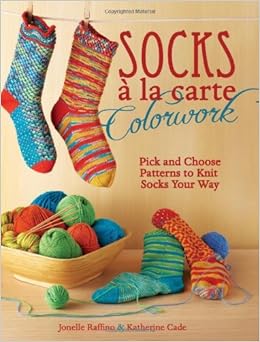| Tea, fruit, morning reading, knitting, and sitting on the porch. |
| Baked goods at the Farmer’s Market |
| The Farmer’s Market, and it was still cool out. |
This all contrasted with today, where I’m spending my morning driving down to DC to teach at Fibre Space, and tomorrow, the Knitting Boutique. Very different, but both good.























